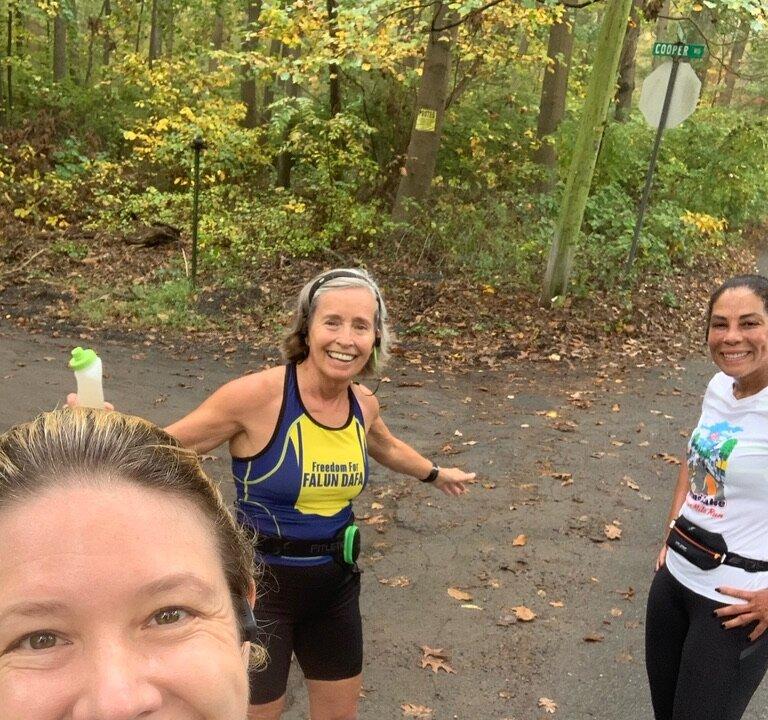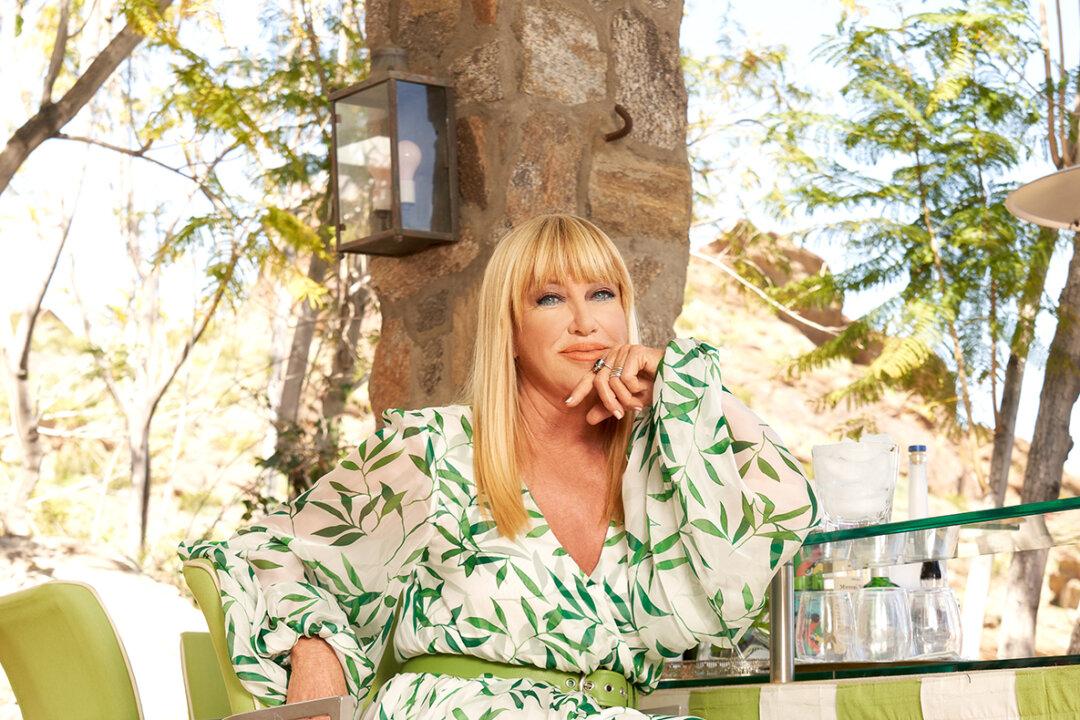Jeanne Mitchell, mother and grandmother, had just moved away from the friends she knew. She retired and moved upstate with her husband to a quiet area on the New Jersey coast in 2013. “It’s a beautiful neck of the woods,” she admits, but “it’s not an area where you get to know your neighbors super easy.” She wanted to know more people there. But how? She had no idea that she was about to cross the starting line of a new and abundant social life, all thanks to an idea that popped into her head one January day: “I think I'll do a triathlon.”
“I knew I could ride a bike… I knew I could swim… But I didn’t know if I could run,” Mitchell said.






